See how National Geographic History magazine inflames and quenches the curiosity of history buffs and informs and entertains anyone who appreciates that the truth indeed is stranger than fiction with a digital subscription today. And that history is not just about our forebears. It’s about us. It’s about you.
FROM THE EDITOR
National Geographic History
Ancient Chinese Saddle Surprises Archaeologists • A horsewoman’s leather saddle, buried in China thousands of years ago, overturns assumptions that horseback riding was only for military men.
SCULPTURES WITH SADDLES AND STIRRUPS
Innovation and Service
Dr. Charles Drew: Father of the Blood Bank • A Black surgeon and researcher pioneered new ways to process and store blood, saving countless lives during World War II and leading to the creation of a national blood bank.
RUMORS OF HIS DEATH
REVOLUTIONARY IDEA
GOING MOBILE
FANCY PHARMA
The Poetry of Population Decline
Leech Mania, a Bloody Health Craze • In the 19th century, leeches were coveted in medicine, celebrated in fashion and art—and nearly driven to extinction.
Bloodletting Methods
North Pole by Balloon: The Andrée Expedition • In 1897 Swedish scientist Salomon August Andrée’s audacious quest to reach the North Pole by air became one of the great unresolved dramas of Arctic exploration.
AVOIDING DISASTER
A STORY BURIED IN ICE
THE RED SEA SCROLLS SECRETS OF THE WORLD’S OLDEST PAPYRI • In 2013, archaeologists made a sensational discovery on the shores of the Red Sea: the diary of Merer, head of a team of workers employed by Khufu to build his Great Pyramid.
HARBOR’S HISTORY
Shifting Ports
ANCIENT MULTITASKING
Merer’s Diary • Archaeologists found hundreds of papyrus fragments in the caves at Wadi al-Jarf. Written in black and red ink, the texts mention Pharaoh Khufu. Many of these fragments have been pieced back together to form documents—some measuring two feet long! The fragment of Merer’s journal shown here is from Papyrus B.
FLOATING TO GIZA • Materials used to build the Great Pyramid came from all over Egypt: limestone from the Tura quarries near Cairo, basalt from Fayyum, granite from Aswan, and copper from the Sinai Peninsula. In order to transport these materials swiftly and smoothly, artificial waterways were built at Giza so that goods could travel by boat as much as possible.
THE GAULS SACK ROME • In the early fourth century B.C., Gallic warriors conquered Rome and plundered its wealth. The words of their leader, Brennus, would haunt Romans for generations: “Vae victis—Woe to the vanquished.”
GAULS VERSUS ROMANS
The Gallic Look
Keeping Their Heads
SOUNDS (AND HONKS) OF ALARM
PALMYRA COSMOPOLITAN CROSSROADS • Built on an oasis in the Syrian Desert, Palmyra grew from a trading outpost into a prosperous commercial center where many people, faiths, and cultures mingled and mixed.
Palmyra Prospers
Streets of Palmyra
Crime Along The Trade Routes
The Temple of Bel
Worshipping the God With No Name
PALMYRENE PORTRAITS • Adorning the tombs of Palmyra’s wealthiest inhabitants were carefully rendered busts and reliefs of the deceased. The sculptures presented their subjects at their best—well dressed and coiffed in the fashion of the city. They combine Greco-Roman costume with elements of Persian-Sasanian influence, such as the facial expressions of the eyes and types of adornment. They were originally brightly painted, but only traces of their colors remain.
HARRIET THE SPY • Best known as a conductor on the Underground Railroad, Harriet Tubman continued the fight for freedom by serving with the Union Army and spying on the Confederacy in South...
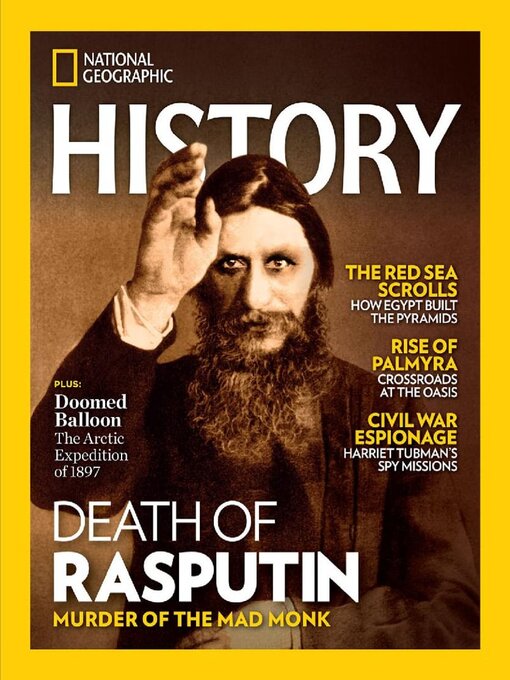
 May/June 2024
May/June 2024
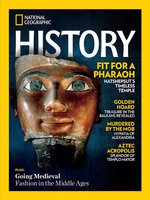 March/April 2024
March/April 2024
 January/February 2024
January/February 2024
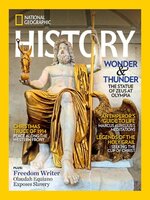 November/December 2023
November/December 2023
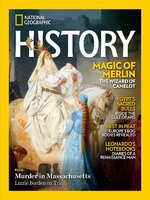 September/October 2023
September/October 2023
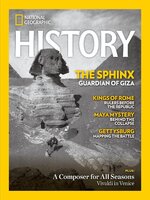 July/August 2023
July/August 2023
 May/June 2023
May/June 2023
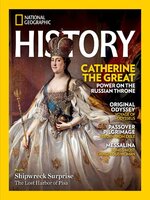 March/April 2023
March/April 2023
 January/February 2023
January/February 2023
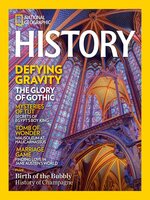 November/December 2022
November/December 2022
 September/October 2022
September/October 2022
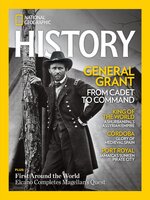 July/August 2022
July/August 2022
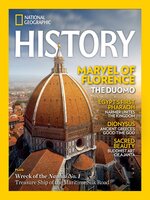 May/June 2022
May/June 2022
 March/April 2022
March/April 2022
 January/February 2022
January/February 2022
 November/December 2021
November/December 2021
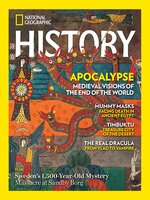 September/October 2021
September/October 2021
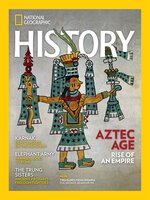 July/August 2021
July/August 2021
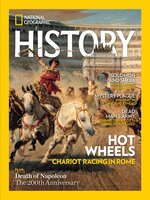 May/June 2021
May/June 2021
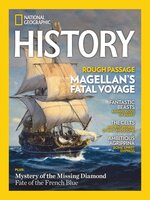 March/April 2021
March/April 2021
